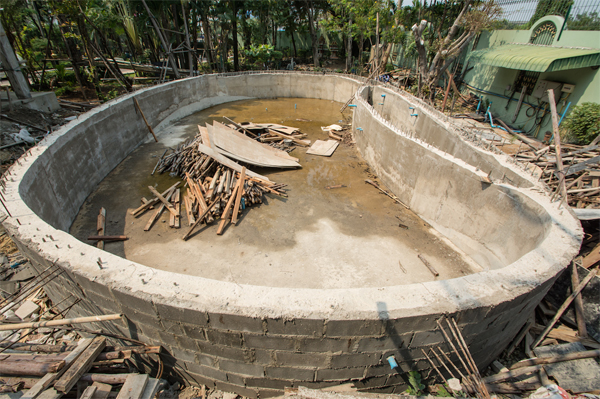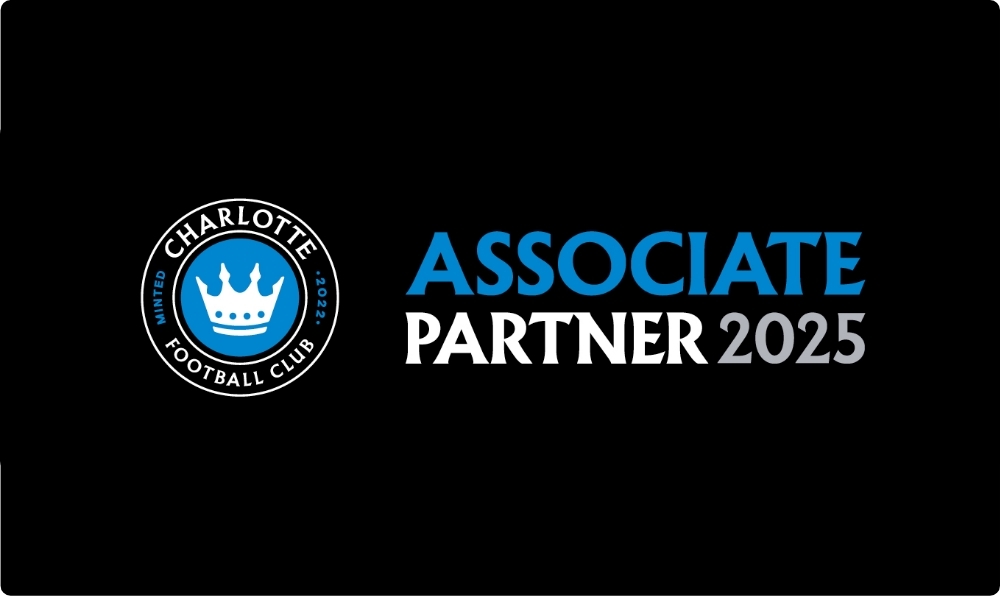Budgeting a new website is a lot like planning a backyard swimming pool.
Stay with me here.
More often than not, when businesses decide that it’s time for a new website, what they are really saying that it’s time to update their online marketing efforts. Sure some new sites are still purely brochureware, but most have a higher purpose, with lead generation the likely candidate.
But lead generation requires site visitors, which come from social traffic, referral traffic, and the Holy Grail of sources, organic traffic. The problem is, this traffic doesn’t just materialize because you erected a new and improved website. Attracting qualified site traffic means committing to online marketing programs like social media, content creation, email marketing, pay-per-click…the list goes on and on.
And this doesn’t guarantee that the traffic will convert, only that it arrives. You have to analyze the data. Are you getting the right visitors? How are they engaging with the site? Are they following the paths you expected, and – if not – how are you going to optimize the website to improve it?
Back to that swimming pool.
Last summer, after telling the kids “no” to the swing-set and the in-ground trampoline (and being turned down by everyone for the backyard putting green), we foolishly decided that a pool would satisfy everyone’s needs. We set our budget, called the pool company and set off on planning.
What we quickly found out was that installing the pool was only 50% of the initial project – and most of our budget. Additionally, and much to my chagrin, we had to add a new fence to meet code (four inches higher than our current fence), the non-slip patio to surround the pool, drainage, the heater (and the $2000 remote for the heater), the landscaping, the sod replacement, and the lighting. This, of course, doesn’t even include the post-construction costs like, say a pool cleaning service, new patio furniture, pool toys, and – since we can’t use normal towels – a new set of pool towels.
You get the picture. Just like these extra – unexpected (or unconsidered) – expenses for the pool of your dreams, if you want the website of your dreams, there’s a lot more at play than simply standing up a new design.

The truth is – unless your company’s already rolling in heavy traffic – you’re going to need to think about ongoing marketing to leverage that spanking new site.
Of course, for big businesses, this is less of an issue. Chances are they already have a marketing team working around the clock to write original content, tweet to the world and drive qualified traffic,. But small and medium-sized businesses need to reject that whole Kevin Costner, Field of Dreams belief – if you simply build it, they probably won’t come.
The Rule of 10
So what should you do? Stop. Take a deep and let’s make it simple using The Rule of 10.
For most business, 10% of the amount you plan to spend on building the website is a good baseline for budgeting your monthly marketing spend post-launch. If you’re shelling out $25K on a website, consider an additional $2500K/month for marketing. Bigger businesses may spend much more, and appropriately their monthly spend increases proportionally.
This isn’t a science, but it’s a good finger in the wind to help you be smarter in your planning efforts. Simply put, there’s no financial sense in spending all that time and money on a website if the business is unable to make it perform. Does this mean you shouldn’t embark on the website journey? No, but maybe it’ll make you consider other avenues for spending marketing dollars or provide you with the foresight to reallocate those dollars from other buckets.
The point being is that you need to remember the bigger picture is greater than the final product. And, since no one – except our dog – would be excited to swim in a pool that looked like it belonged next to Cousin Eddie’s RV, we installed a zipline and reallocated the pool budget to more attainable improvements.

